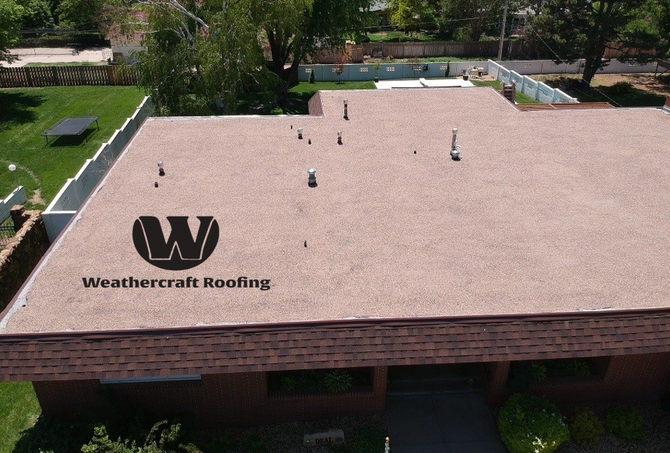When choosing a roof for your property, two of the most popular options are metal roofs and asphalt shingles. Both materials have their unique benefits, but how do they compare in terms of durability, cost, aesthetics, and climate? This article will break down the key differences between metal and shingle roofs, helping you make an informed decision on which one is best for your home or business.
Comparing the Durability of Metal and Shingle Roofs
One of the biggest factors in deciding between metal and shingles is durability. Here's a comparison of the two:
- Metal Roofs: A metal roof can last over 50 years, offering resistance to harsh weather conditions, such as heavy snow, hail, and high winds, without warping or cracking.
- Shingles: Asphalt shingles have a typical lifespan of 20 to 30 years, but they are more vulnerable to damage from extreme weather like hail, intense heat, and high winds.
Metal roofs win in terms of durability, lasting longer and resisting harsher weather compared to asphalt shingles.
Cost Breakdown: Metal Roofs vs. Shingles
While metal roofs offer longer lifespan and better durability, the initial cost is usually higher than that of asphalt shingles. Here's a breakdown of the costs:
- Metal Roofs: The installation cost for a metal roof can range from $7 to $12 per square foot, depending on the material and installation complexity. However, metal roofs require little maintenance, and the long-term savings from fewer repairs can offset the higher upfront costs.
- Shingles: Asphalt shingles are more cost-effective upfront, typically ranging from $3 to $5 per square foot. However, their need for frequent repairs and eventual replacement could increase their total cost over time.
In terms of initial investment, asphalt shingles win, but the cost of repairs and replacements for shingles may add up, making metal roofs a better investment in the long run.
Aesthetic Appeal: Metal Roofs vs. Asphalt Shingles
Both metal roofs and shingles offer a variety of styles and colors, but there are some key differences in terms of aesthetic appeal:
- Metal Roofs: Metal roofs offer a variety of colors and finishes, such as standing seam and corrugated panels, ideal for modern and industrial-style properties.
- Shingles: Asphalt shingles are more versatile in terms of traditional home designs and are available in multiple textures, colors, and shapes. They are often favored for their classic look and are ideal for suburban and residential homes.
For homeowners seeking a more modern or industrial look, metal roofs may be the better choice, while shingles are better suited for traditional and residential aesthetics.
How Do Metal and Shingles Perform in Different Climates?
The climate in your area plays a significant role in determining the best roofing material for your property:
- Metal Roofs: Metal roofs are highly reflective, which helps reduce cooling costs in hot climates. They also perform well in areas with heavy snow, as snow slides off the surface easily. Metal roofs are resistant to rust and corrosion, making them ideal for coastal areas with salty air.
- Shingles: Shingles work best in moderate climates, but they are more vulnerable to extreme conditions like hail and high winds. Their heat absorption can increase cooling costs in warmer regions.
In hot, snowy, or coastal areas, metal roofs are the best option. For milder, more temperate climates, shingles are a good fit.
Conclusion: Making an Informed Decision for Your Roof
Choosing between metal and shingles comes down to your specific needs, including climate, aesthetics, and budget. Metal roofs are a great long-term investment in extreme climates, while shingles provide an affordable, classic option.
Consider your specific needs and consult with a professional roofer to ensure you choose the best roofing material for your home or business.
#MetalRoofsVsShingles #BestRoofingMaterials #RoofingComparison #MetalRoofing #ShingleRoofing #RoofInstallation #HomeImprovement #BusinessRoofing
